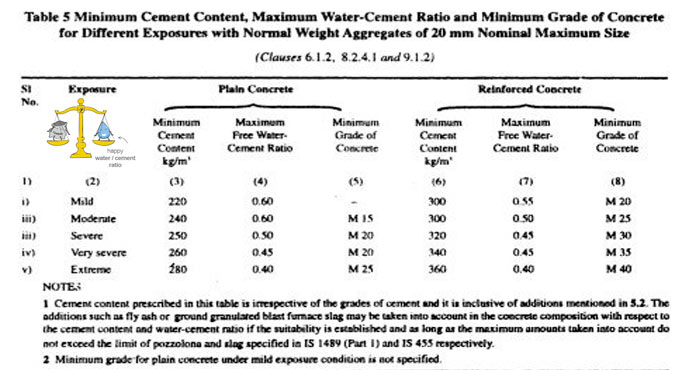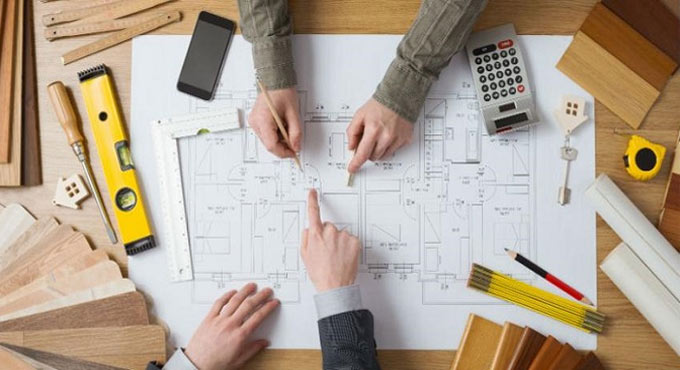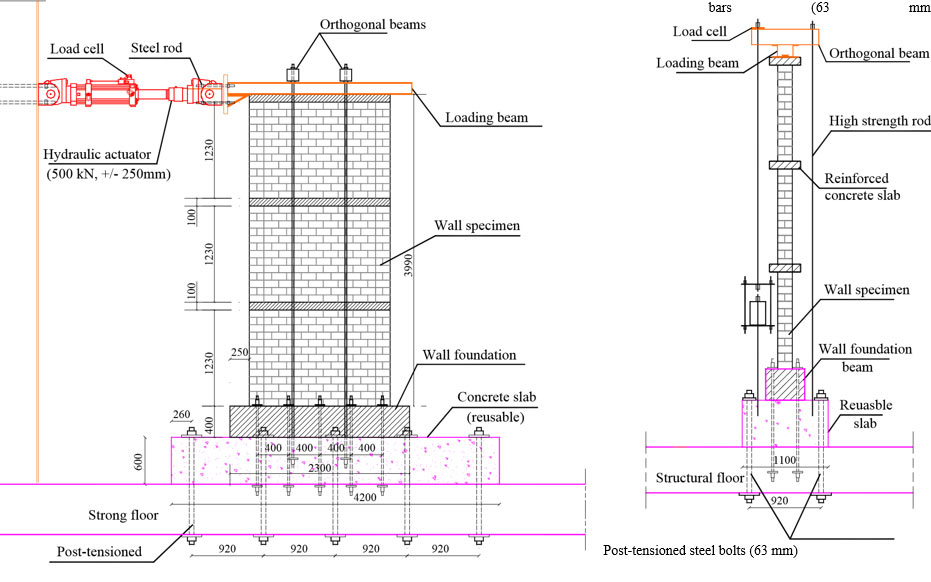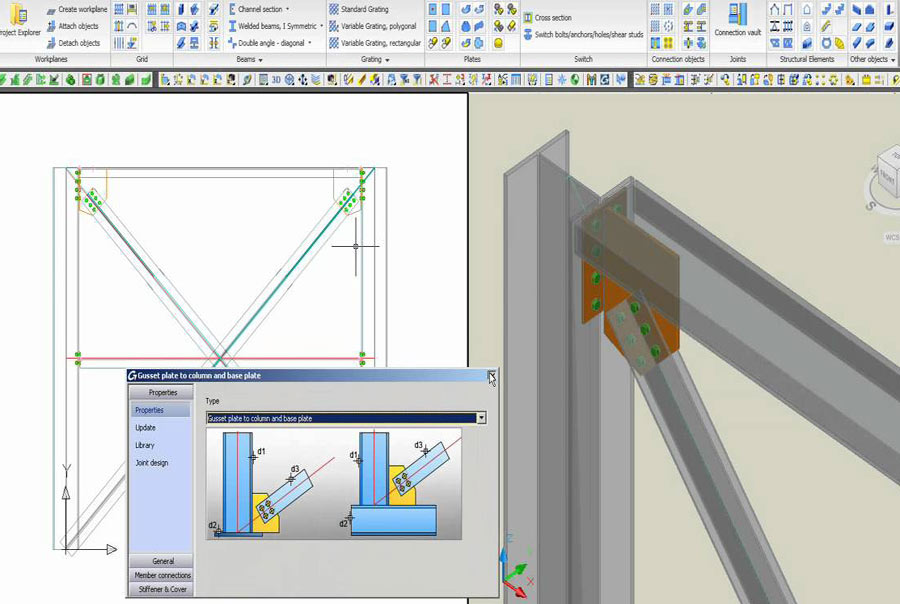Floating Column or Hanging Columns: The floating column belongs to a vertical member that is laid on a beam and it doesn’t deliver the load directly to the foundation. The floating column operates as a point load on the beam and this beam transmits the load to the columns situated under it.
The column may set out on the first or second or any other midmost floor as resting on a beam. Generally, columns are laid the foundation to deliver load from slabs and beams. But the floating column is laid on the beam.
It signifies that the beam providing support to the column performs as a foundation. That beam is known as a transfer beam. This is extensively applied in high storied buildings for both commercial and residential purpose. It facilitates to customize and rectify the plan of the top floors. The transfer beam that provides support to the floating column, reassigns the loads up to foundation. For this reason, it should have been designed with more reinforcement.
Floating Column in Buildings: In recent times, multi-storey buildings are developed for the purpose of residential, commercial, industrial etc., containing an open ground storey. To provide space for parking, the ground storey is reserved free devoid of any constructions, exclusive of the columns which move the building weight to the ground.
For a hotel or commercial building, usually, there are banquet halls, conference rooms, lobbies, show rooms or parking areas in lower floor, hence large alternate space is necessary for the transition of people or vehicles. The columns which are narrowly placed in the upper floors, should not be located in the lower floors. Hence, to get rid of this issue, floating column concept becomes vital.
In urban areas, multi storey buildings are developed supported with floating columns at the ground floor for the different objectives. These buildings with floating columns are treated as secured under gravity loads and therefore are designed only for those loads. But these buildings are not suitable for earthquake loads and hence, these buildings are treated as insecure in seismic prone areas.
When the floating columns are arranged in buildings in seismic prone areas, the whole earthquake of the system is allocated with the column or the shear walls devoid of assessing any contribution from the floating columns.
Floating Column & Earthquake: The floating columns are useful for various projects specifically over the ground floor, where transfer girders are used with the purpose of providing more open space in the Ground Floor.
In the earthquake prone zones, the transfer girders which are applied should be designed and detailed correctly. If no lateral loads exist, the design and detailing work will not be complicated.
Concept of floating column primarily includes disrupting flow of transfer of EQ force.
• Floating columns must be designed as a normal compression member.
• At the time of designing transfer beam, it is designed as beam bearing all that load of column as a single point load.
• It should be remembered that EQ force developed should be reduced along the shortest path. It means load is dispersed between two intermediate columns which provide support to that beam.
High shear capacity beams/deep beams are utilized to provide support to the floating column. In some areas, the floating columns are inevitable. So, it is essential to alter code provisions for deep beams.
Article Source: engineeringcivil.org
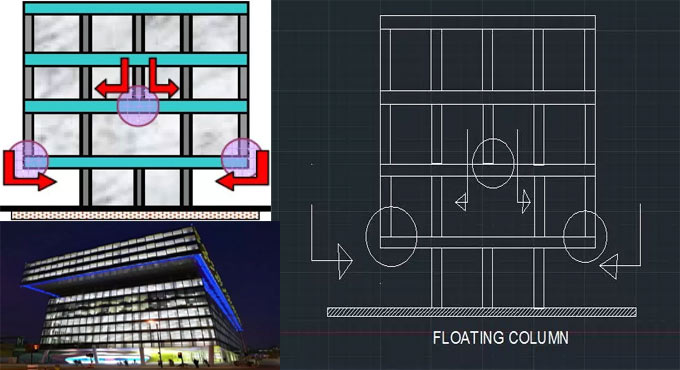
~~~~~~~~~~~~~~~~~~~~~~~~
Published By
Rajib Dey
www.constructioncost.co
~~~~~~~~~~~~~~~~~~~~~~~~
The column may set out on the first or second or any other midmost floor as resting on a beam. Generally, columns are laid the foundation to deliver load from slabs and beams. But the floating column is laid on the beam.
It signifies that the beam providing support to the column performs as a foundation. That beam is known as a transfer beam. This is extensively applied in high storied buildings for both commercial and residential purpose. It facilitates to customize and rectify the plan of the top floors. The transfer beam that provides support to the floating column, reassigns the loads up to foundation. For this reason, it should have been designed with more reinforcement.
Floating Column in Buildings: In recent times, multi-storey buildings are developed for the purpose of residential, commercial, industrial etc., containing an open ground storey. To provide space for parking, the ground storey is reserved free devoid of any constructions, exclusive of the columns which move the building weight to the ground.
For a hotel or commercial building, usually, there are banquet halls, conference rooms, lobbies, show rooms or parking areas in lower floor, hence large alternate space is necessary for the transition of people or vehicles. The columns which are narrowly placed in the upper floors, should not be located in the lower floors. Hence, to get rid of this issue, floating column concept becomes vital.
In urban areas, multi storey buildings are developed supported with floating columns at the ground floor for the different objectives. These buildings with floating columns are treated as secured under gravity loads and therefore are designed only for those loads. But these buildings are not suitable for earthquake loads and hence, these buildings are treated as insecure in seismic prone areas.
When the floating columns are arranged in buildings in seismic prone areas, the whole earthquake of the system is allocated with the column or the shear walls devoid of assessing any contribution from the floating columns.
Floating Column & Earthquake: The floating columns are useful for various projects specifically over the ground floor, where transfer girders are used with the purpose of providing more open space in the Ground Floor.
In the earthquake prone zones, the transfer girders which are applied should be designed and detailed correctly. If no lateral loads exist, the design and detailing work will not be complicated.
Concept of floating column primarily includes disrupting flow of transfer of EQ force.
• Floating columns must be designed as a normal compression member.
• At the time of designing transfer beam, it is designed as beam bearing all that load of column as a single point load.
• It should be remembered that EQ force developed should be reduced along the shortest path. It means load is dispersed between two intermediate columns which provide support to that beam.
High shear capacity beams/deep beams are utilized to provide support to the floating column. In some areas, the floating columns are inevitable. So, it is essential to alter code provisions for deep beams.
Article Source: engineeringcivil.org

~~~~~~~~~~~~~~~~~~~~~~~~
Published By
Rajib Dey
www.constructioncost.co
~~~~~~~~~~~~~~~~~~~~~~~~
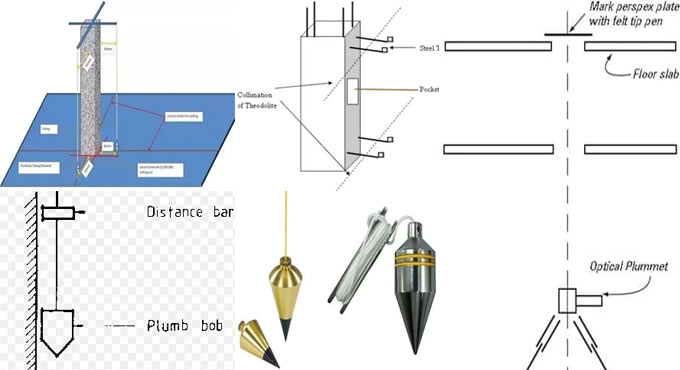
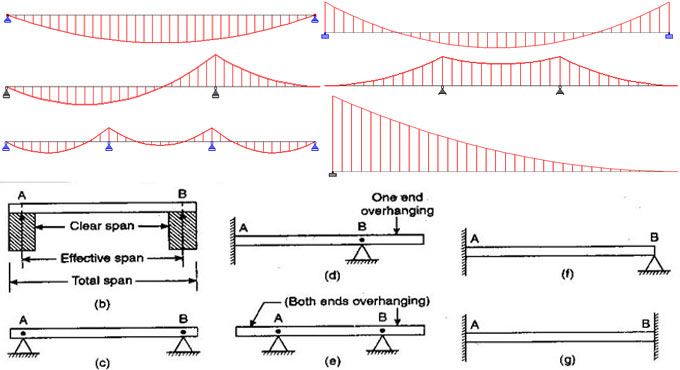
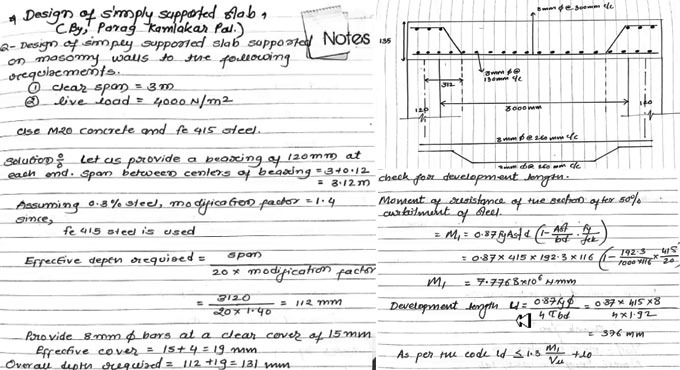
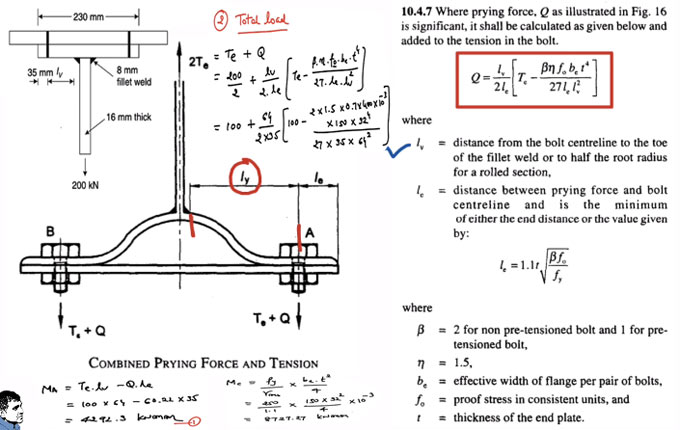 +
+

